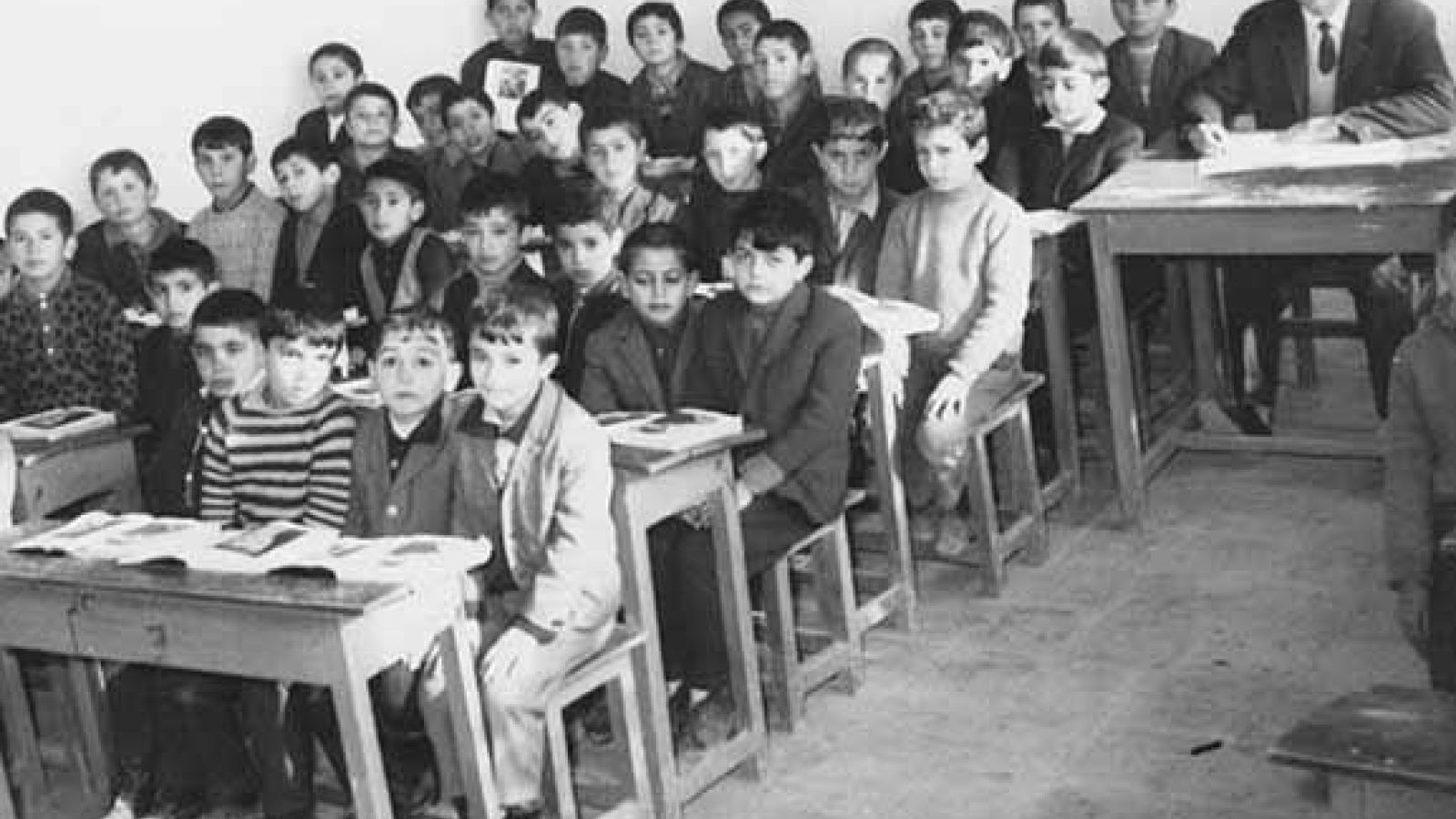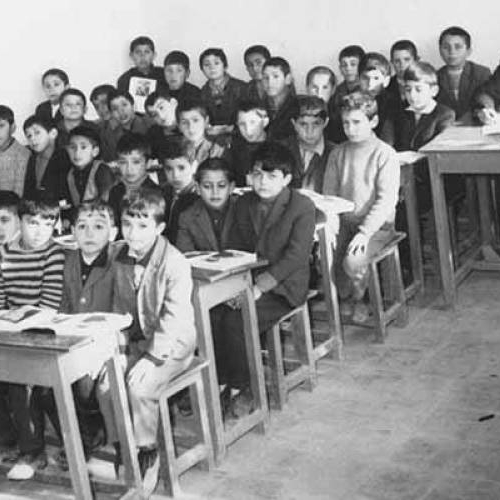The Education System and Elementary Schools During the Pahlavi Era

Elementary School
During the Pahlavi era, especially under the rule of Mohammad Reza Pahlavi, Iran's education system and elementary schools underwent significant reforms. This period was marked by substantial changes in the educational structure and the promotion of modern education, which had a profound impact on the quality of education and access to it. Below, we explore the characteristics of education during the Pahlavi era and its differences compared to the periods before and after.
During the Pahlavi era, especially under the rule of Mohammad Reza Pahlavi, Iran's education system and elementary schools underwent significant reforms. This period was marked by substantial changes in the educational structure and the promotion of modern education, which had a profound impact on the quality of education and access to it. Below, we explore the characteristics of education during the Pahlavi era and its differences compared to the periods before and after.
Elementary Schools and the Nature of Education During the Pahlavi Era
1. Modern Educational Programs: During the Pahlavi era, particularly under Mohammad Reza Pahlavi, modern educational programs were introduced in elementary schools, modeled after advanced Western education systems. These programs included subjects such as mathematics, science, and foreign languages, which helped foster intellectual development and prepared children for higher levels of education.
2. Emphasis on Literacy and Public Education: The second Pahlavi period placed significant emphasis on expanding public education and literacy for all children. Government initiatives such as the literacy movement were launched to ensure that education was accessible to various segments of society, providing free and high-quality schooling.
3. Development of Educational Infrastructure: New and modern schools were constructed throughout the country to accommodate more students. These schools were equipped with facilities such as laboratories, libraries, and modern educational tools that improved the quality of learning.
4. Training of Specialized Teachers: Teacher training was also enhanced during the Pahlavi era, with the government prioritizing the education and development of skilled and competent teachers. This effort significantly raised the standard of teaching in elementary schools and other educational levels.
5. Co-educational Schools: Many elementary schools during the Pahlavi era were co-educational, meaning boys and girls attended the same school and studied in the same environment. This approach aimed to promote educational equality and social integration between genders.
6. No Religious Discrimination for Enrollment: During the Pahlavi era, school enrollment did not take a student's religious background into account. All children, regardless of their religion or beliefs, had access to free and high-quality education. This policy strengthened national cohesion and increased literacy rates across all communities.
Differences with the Periods Before and After the Pahlavi Era
Before the Pahlavi Era: Prior to the Pahlavi era, Iran's education system was primarily traditional, based on religious schools and local maktabs. Modern education and scientific subjects were not widely available, and access to schooling was limited for many children.
After the Pahlavi Era: Following the 1979 Islamic Revolution, significant changes occurred in the education system. While some of the Pahlavi-era reforms remained, the focus shifted towards religious and cultural values. Educational content and curricula were influenced by post-revolution political and cultural changes, with adjustments made to subjects such as foreign language education and contemporary history.
Conclusion
The Pahlavi era is considered one of the most important periods in the history of modern education in Iran. The reforms and innovations during this time had a positive impact on the quality of education and access to schooling, creating an inclusive and advanced educational system. Policies such as free education, co-educational schools, and non-discrimination based on religion in enrollment led to higher literacy rates and the development of an informed and capable generation, whose positive effects were felt long after this period.
